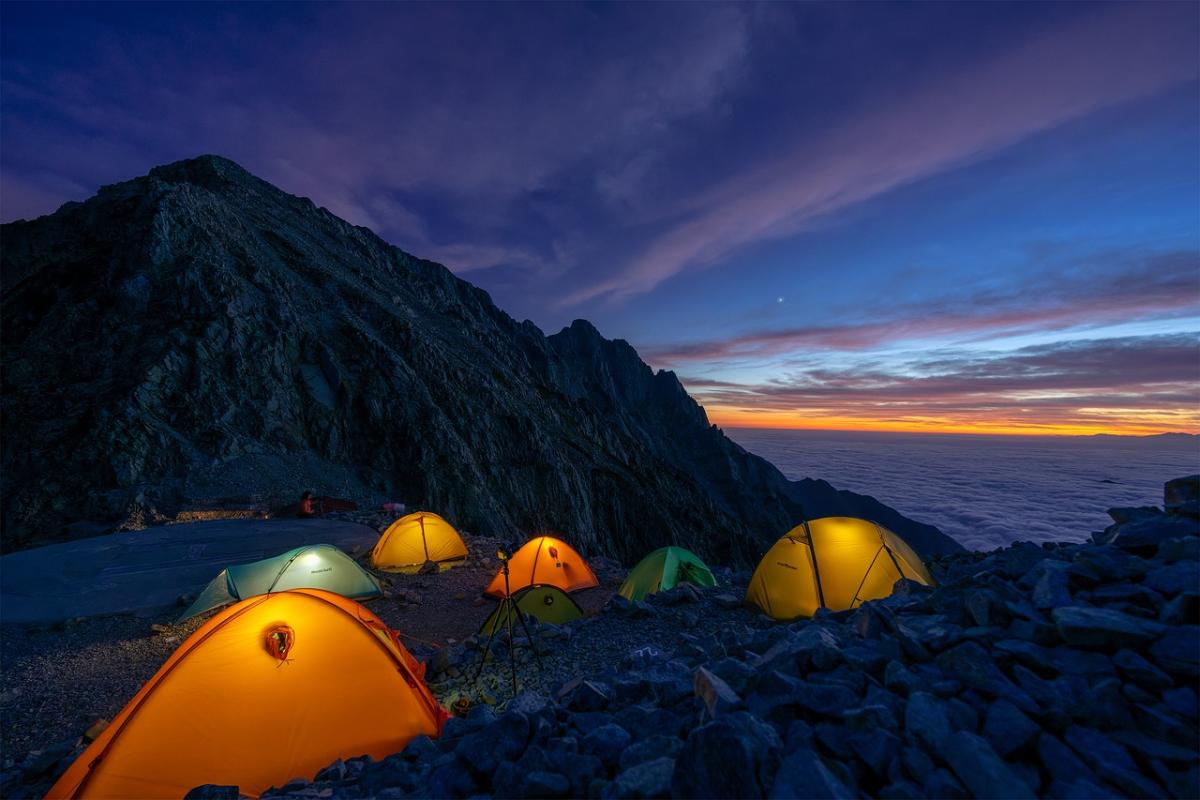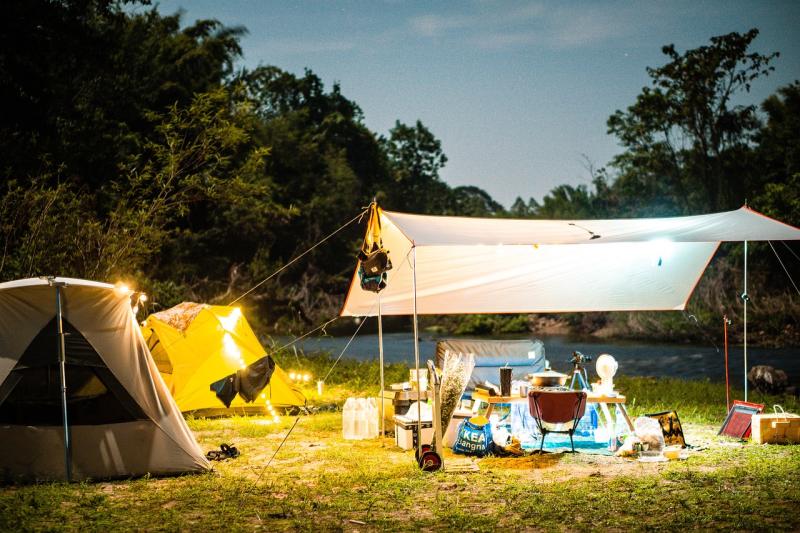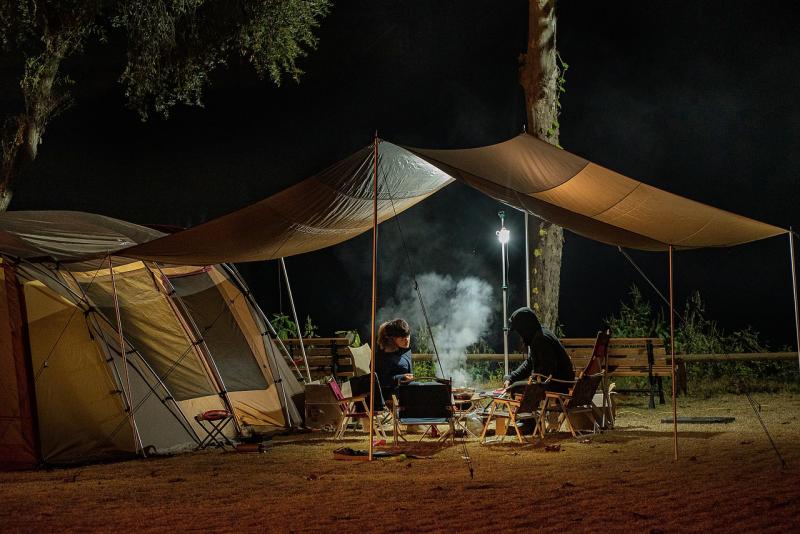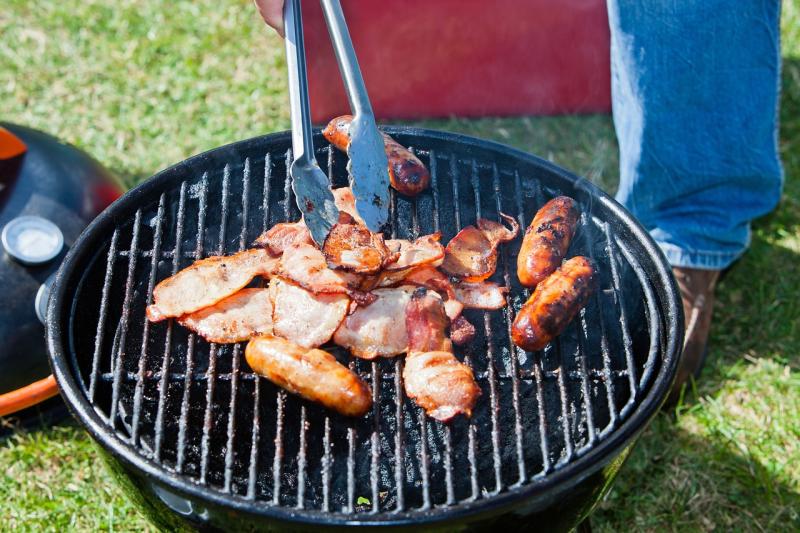Next, consider how many people will be camping with you. If you’re solo, a lightweight backpacking tent might be your best friend. Planning a family trip? Look for something spacious that can comfortably fit everyone without feeling cramped. You don’t want to spend your nights tangled in sleeping bags!
Don’t forget about the weather, either. Are you camping in sunny weather, or are rain and wind a concern? If you’re expecting a wet trip, look for tents that come with good water resistance and sturdy materials. A tent with a rain fly can make a world of difference in keeping you dry during unexpected showers.
Lastly, think about how much setup you’re willing to deal with. Some tents pop up in minutes, while others take a bit longer to assemble. If you’re eager to hit the trails or relax by the fire, a quick setup tent might be the way to go. Knowing what you want will help you make the best choice for your next adventure!
Tent Types Explained Simply
When you're out camping, the right tent can make all the difference. Let’s break down the main types so you can pick the best one for your adventures.
1. Dome Tents: These are super popular and for good reason! Dome tents are shaped like a dome, which helps rain slide off easily. They’re usually lightweight and set up quickly, making them a great choice for beginners or short trips. Plus, you get decent headroom!
2. Cabin Tents: If you’re planning a family camping trip, cabin tents are a solid option. They're spacious and often feature straight walls, providing more room for standing. Many come with dividers, so it’s easier to create private sleeping areas. Perfect for those longer stays where comfort is key!
3. Backpacking Tents: Heading into the wild? Backpacking tents are lightweight and compact, designed for easy transport on your hikes. They focus on being super easy to pack down and carry, making them a must-have for serious backpackers. Just remember, they’re cozy, so if you like lots of space, you might want to size up!
4. Pop-Up Tents: If you’re looking for something that’s quick to pitch, pop-up tents are the way to go. They literally spring into shape, which is great for festivals or a last-minute getaway. Keep an eye on the weather, though, since these can be less sturdy compared to others.
Important Features to Consider
When picking the right camping tent, there are a few key features that can make a big difference in your outdoor experience. Let's break down some of the most important things to keep in mind.
Size and Capacity: Think about how many people will be sleeping in the tent. Tents come with different capacity ratings, like 2-person, 4-person, etc. Remember that it's often cozy to have a little extra space for gear, so if you're traveling with four, consider a 6-person tent. Space can make a huge difference when you’re camping!
Weather Resistance: Your tent should handle whatever Mother Nature throws your way. Look for tents that have waterproof ratings and decent wind resistance. Some tents come with rainflys for added protection, which can keep you dry during unexpected downpours. If you're camping in various seasons, a 3-season tent is a good choice as it works well for most weather conditions.
Setup Ease: After a long hike, the last thing you want is a complicated tent setup. Many models now feature simple pop-up designs or color-coded poles to make assembly a breeze. Check out reviews or videos to see how easy it is to set up different tents before you buy.
Weight and Portability: If you're backpacking, the weight of your tent matters a lot. Lightweight options are best for hiking trips, while larger, heavier tents are great for car camping. Look for tents that come with a carry bag to make transport easy.
Tips for Setting Up Your Tent
Setting up your tent can make or break your camping experience. Here are some easy tips to help you get it right the first time!
1. Pick the Right Spot: Look for a flat area that’s free of rocks, sticks, and other debris. If possible, choose a spot that’s slightly elevated to avoid any water pooling during rain. Also, keep an eye on the tree line to avoid falling branches.
2. Lay Down a Ground Tarp: Using a tarp can provide extra protection for your tent floor. Make sure it’s a little smaller than your tent’s footprint to prevent water from pooling underneath. This will help keep your sleeping area dry and clean.
3. Follow the Instructions: It might sound obvious, but always refer to the setup guide that comes with your tent. Each tent can be a bit different, so understanding the specific assembly process can save you time and frustration.
4. Practice Ahead of Time: If you’re new to camping or using a new tent, it’s a good idea to set it up in your backyard before the trip. This way, you’ll feel confident when it’s time to do it for real, and you can solve any issues beforehand.
5. Use the Right Stakes: If you’re camping on hard ground, consider getting stronger stakes that won’t bend easily. This will help ensure your tent stays put, even on windy nights. Don't forget to use guylines for added stability!



